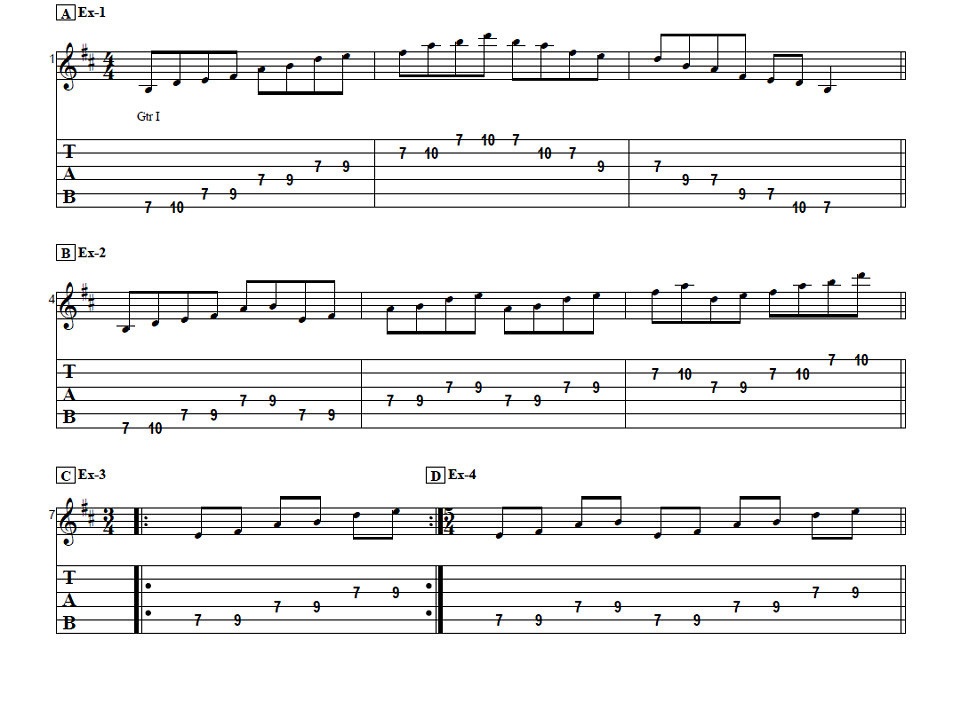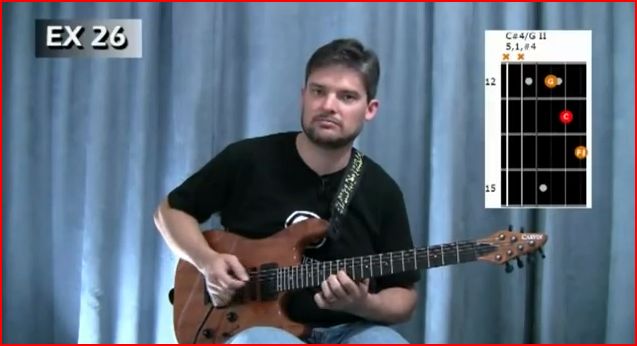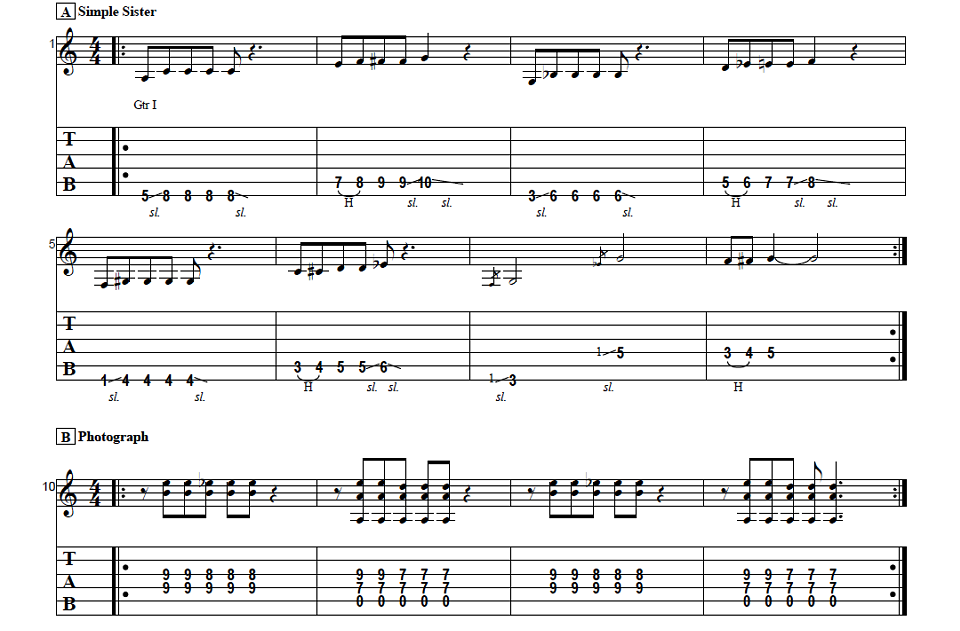Learn how to transform the pentatonic scale into fun and easy licks with Guitar Control instructor Darrin Goodman, aka Uncle D. Be sure to get the free tabs to go along with the video instruction and you will be jamming on these fun licks tonight!



Introduction
How’s it going everybody? This is Darrin with GuitarControl.com bringing you this video lesson and today I want to show you some really simple ways that you can take the pentatonic scale and turn into licks.
So right now, Guitar Control is giving away this really awesome daily practice routine to improve your lead guitar chops. This was put together by our very own Silvio Gazquez, a two-time Guitar Idle finalist. This routine covers the four main concepts that are necessary for lead guitar; alternate picking, legato, sweep picking and tapping. All the tabs and exercises are all included in this free ebook and there’s a link in the description where you can get yours.
So be sure to click on the link in the description for the tabs and let’s get close up and take a look at these.
Transform The Pentatonic Scale Into Fun & Easy Licks
All right so all the examples I’m doing in the key of B and the only reason is just because it’s kind of a neutral place. So if you’re more of kind of a beginner this is just kind of a more neutral place for your hand. Down here the Frets are farther apart, your arms are kind of a weird angle and then up here you know the frets are really close together and your body’s kind of in the way; so this is just kind of a good starting point to get going with these. So all of this is just based out of the B minor pentatonic scale so I’m starting here on the seventh fret of the low E string with my first finger and then to the 10th fret with my pinky. Then to the seventh fret on the A string ninth fret, seven, nine on the D string, seven, nine on the G string, 7, 10 on the B string and then 7, 10 on the high E string… All right, if you’ve tried improvising, you know like over A backing track and you’re just playing the scale up and down the notes sound good because they’re in key, but it doesn’t really sound musical, it’s not really like a lick. So kind of a simple rule of thumb is just don’t have like a ton of you know sequential notes in a row. So if you’re just you know… it’s not really all that musical, but if we break that up… So we like to do a pattern like this and we’re just playing six notes and now we’re going to start on the A string and do six notes. Now on the D string and then the G string… So that already sounds more musical than you know just playing straight up the scale. Now you wouldn’t necessarily do that all the way up. That might be something like just a short burst that you do to maybe to connect licks together. So what I kind of like to do with stuff like this is I don’t like to start at the very bottom I like to kind of play on these, you know like on the D and the G string and the B string kind of in that area, the A string too. So a simple way that you can kind of practice this to build up your speed is to start on the A string so that way you’re just going seven, nine, seven, nine, on the D string and then seven nine on the G string… So if we take that and practice doing that and here I’m doing a hammer-on; so I’m here… hammer, pick, hammer… Now you can pick all of it, I just like the way it sounds with the hammer-on. All right so you can start that off even simpler and just work on just two strings… So if we take that and we add in the third string so now we have another sequence… Now you could do that as a repeating pattern all the way across…
All right, so when you play something like that and you get a little bit of speed on it, it can sound pretty cool, but again it doesn’t need to be this big long thing. You can have a lot of a lot of repeating notes… So I’m starting on the a string to the D string to the G string and then back to the D string and then back to the G string… So you can do that on any of the strings. You could have it be a pattern that goes you know across all of the strings… So there’s all different kinds of things that you can do with that. Just think small. Take just a small sequence of notes and then just look at the pattern and repeat it. So now let’s look at some descending versions. So one with this you can play six notes and now you start on the B string and repeat it… So again, you may not necessarily want to do the entire sequence. You could just use part of it… now up there… I’m connecting kind of like the previous one we had, the ascending one with the descending… So another cool sending one is we’re going to play four notes… I’m starting on the high E string and now we’re just going to repeat that pattern starting on the B string… Now again you could just use part of that and have it connected to something else… All right, so if you combine some of those ideas together, we can start here, we can ascend. So I play six notes and I go to the next string and I descend six notes… Now we’re going to do the same thing now, we’re just going to start on the A string and now starting on the D string… Now everything that we’ve done are all movable. So it’s in B because we’re starting here on B, but if we wanted to do it in E you can just move it around to anywhere you want.
Conclusion
All right, so there you have it, some little ideas to make your pentatonic scale sound more musical. So if you like this lesson be sure to give me a thumbs up and leave a comment down below if you have any questions about this or other guitar related topics. If you’ve not already done so please subscribe to the channel and hit that notification bell so you don’t miss any of the content that we upload throughout the week. Well that is all I have for you today. Thanks for watching and have a great day.




